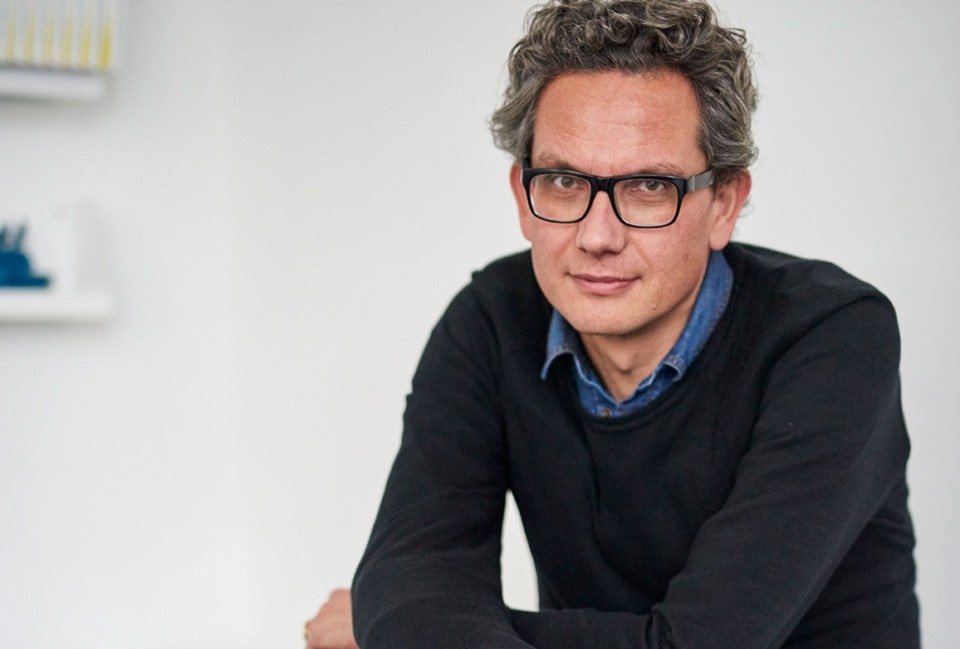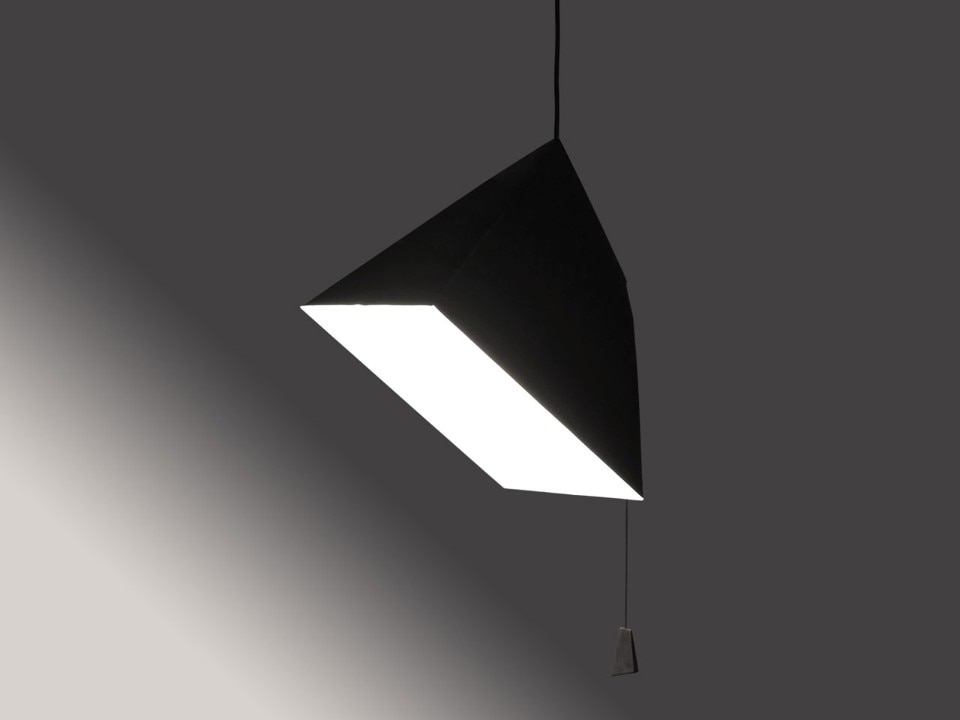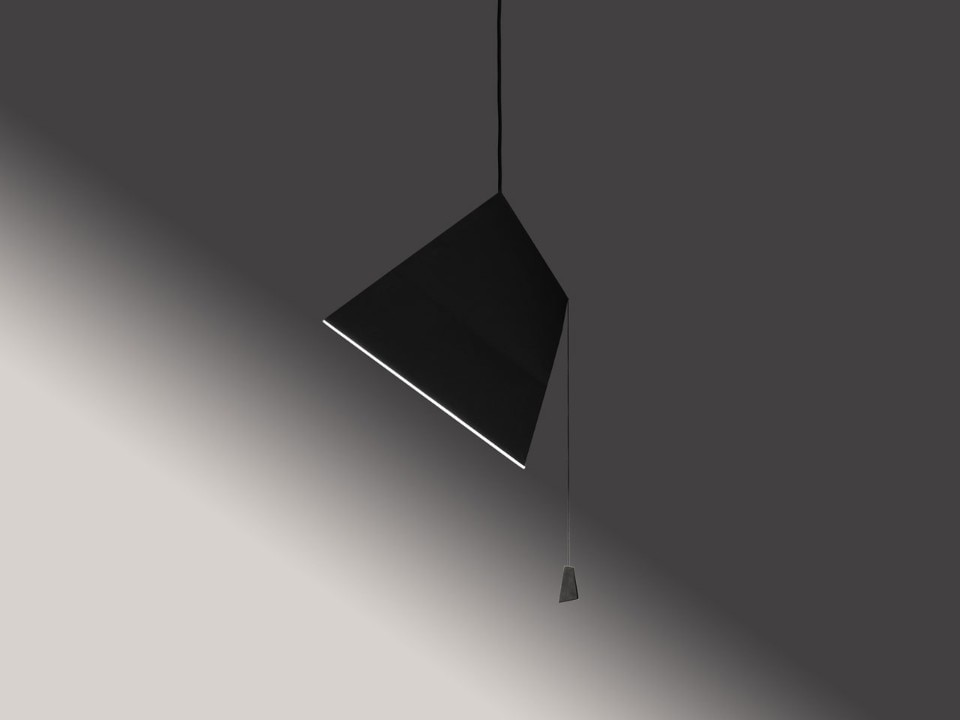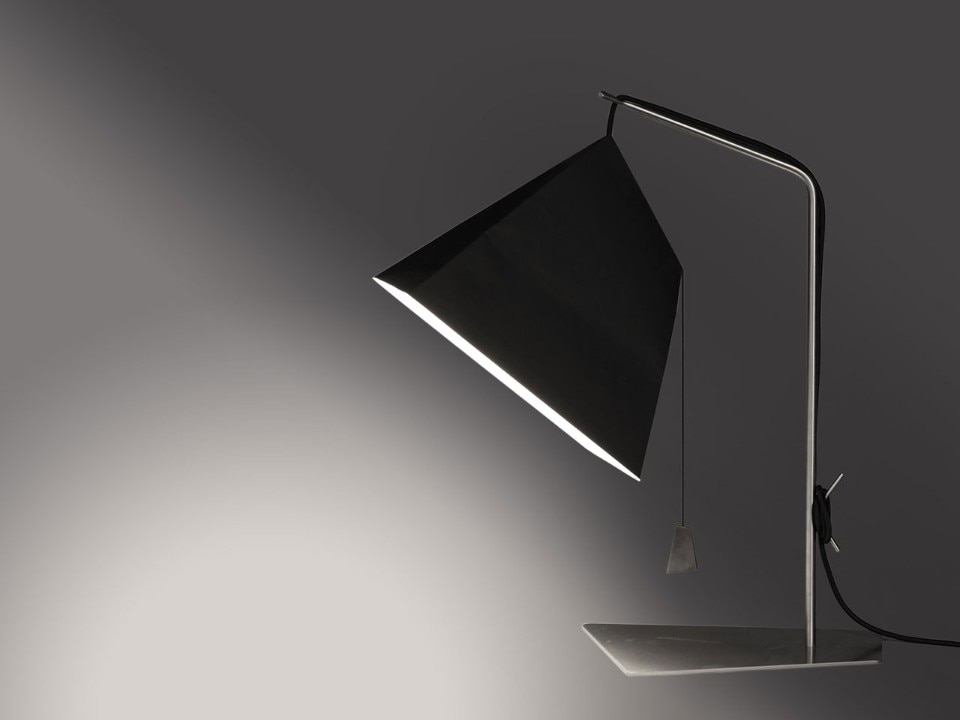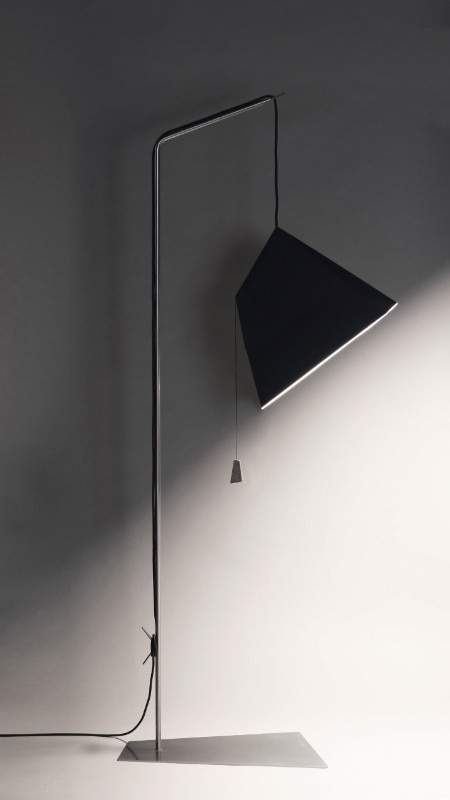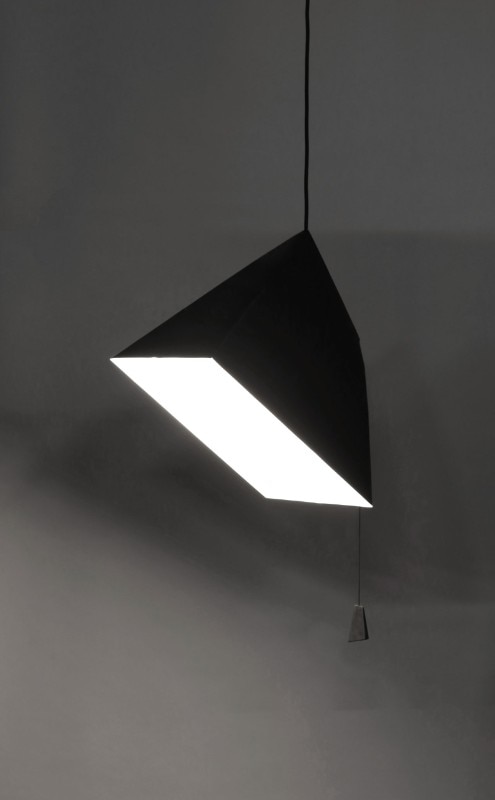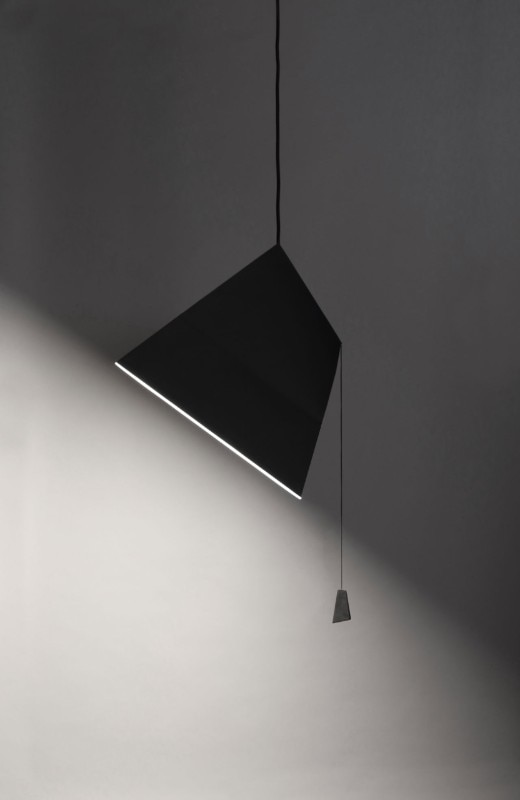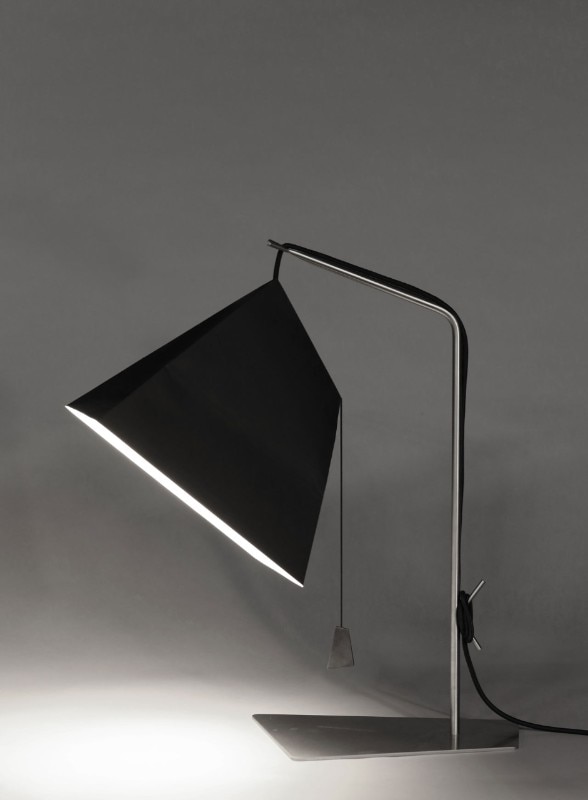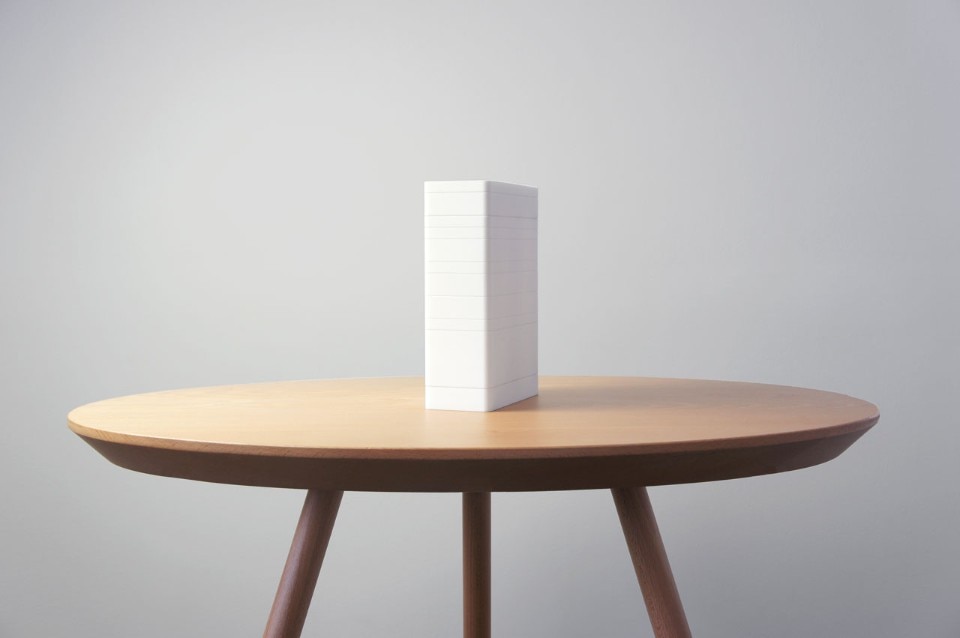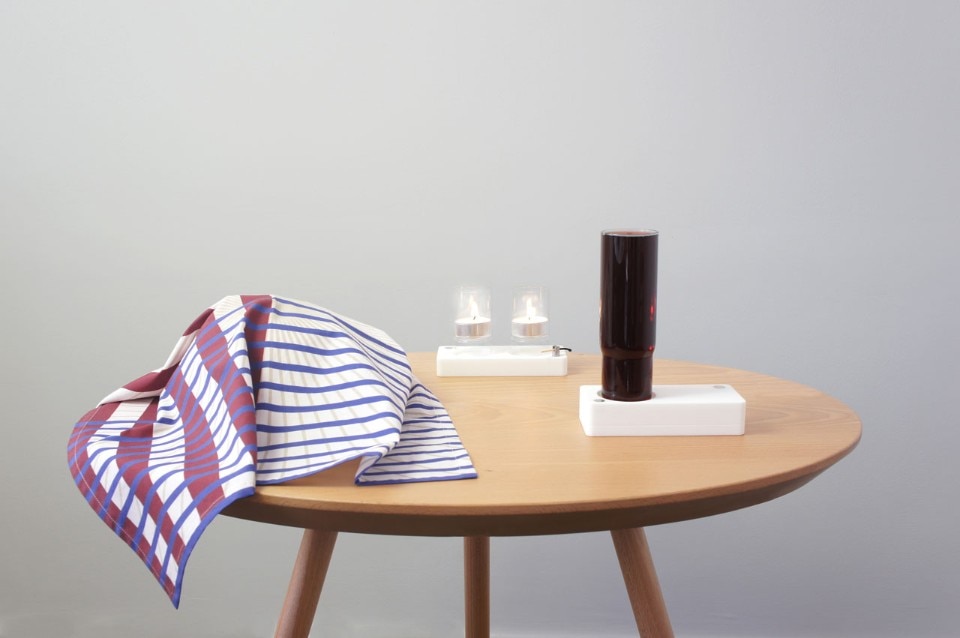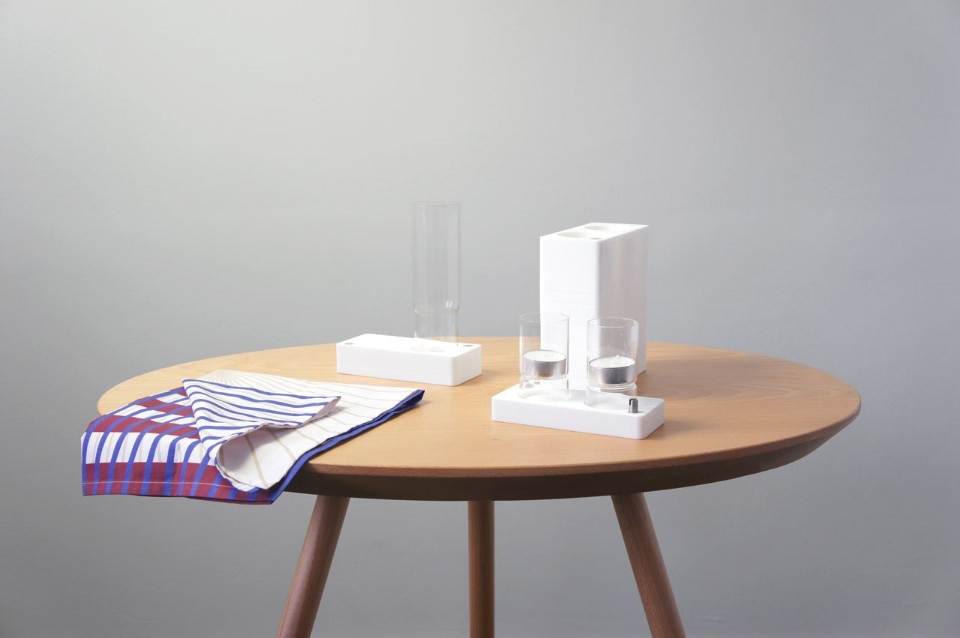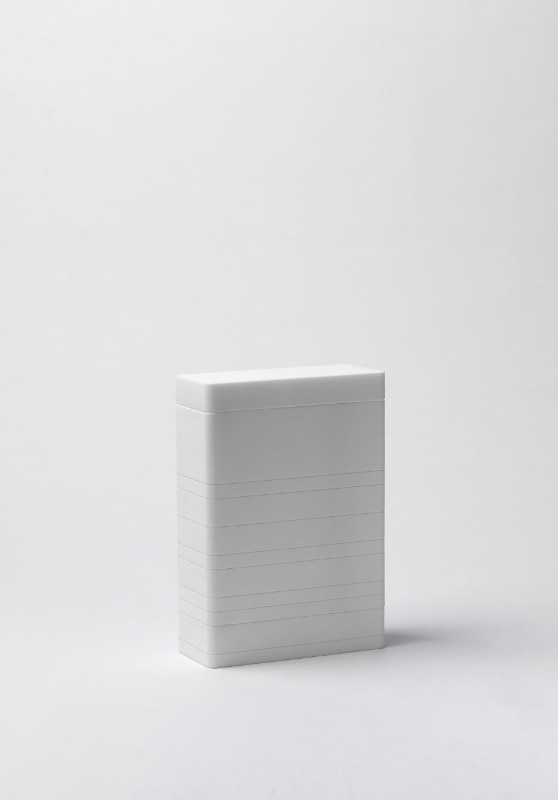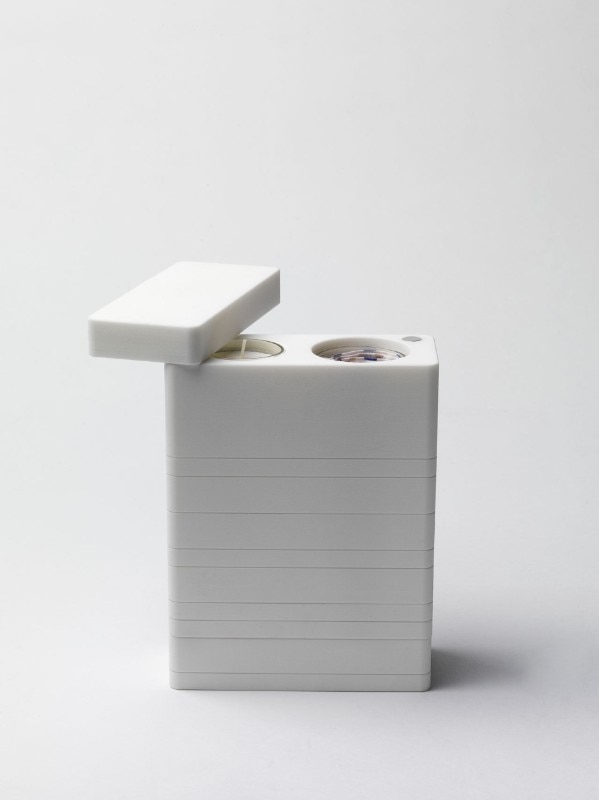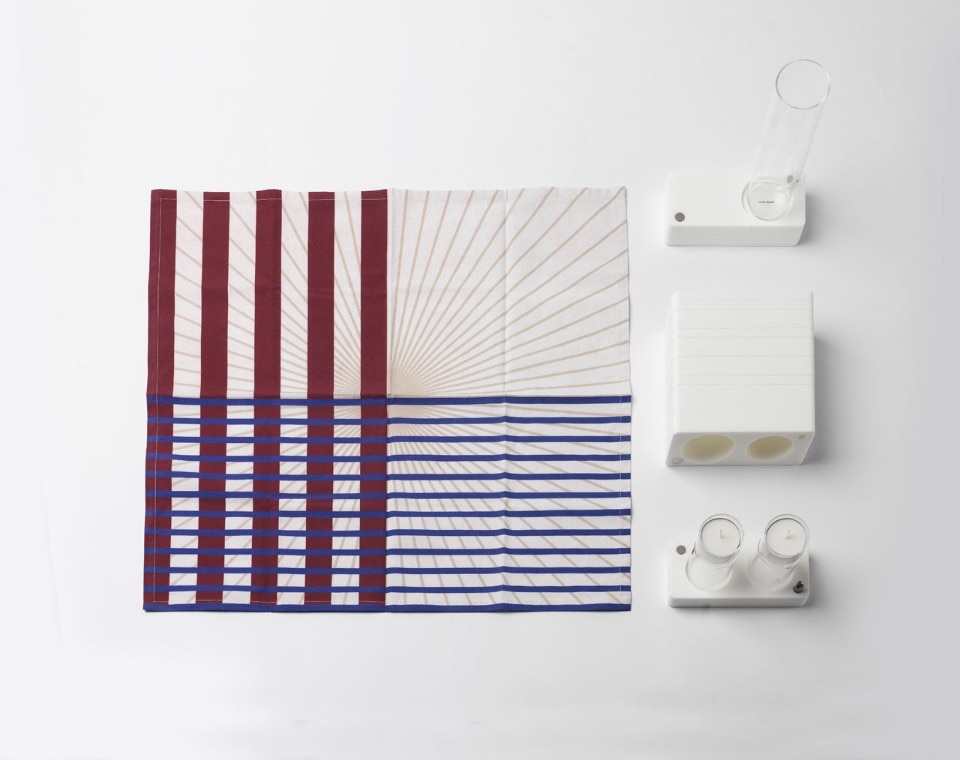Sebastian Bergne, an Englishman, has always been involved in product design. He loves everything about design, from curating to teaching and even critiquing. A graduate of the Royal College of Art in 1990, that same year he opened his own studio in London. He has a nonchalant way of adding a simple emotional element to the most ordinary of objects. Because we use design every day, right? His approach is never banal, but essential to design: he has worked with international brands like Luceplan, Tefal, Tolix and Driade while at the same time he is open to collaborations with galleries as well as creating his own limited editions. His M.O. is an almost transparent, hidden, slight yet recognisable intervention. He amazes us with objects that, at first glance, are familiar; then we discover their hidden part – the one where his intervention can be detected. The normal-exceptional dichotomy seems to find extreme synthesis in his creations, which he considers the result of elementary ingredients such as function and eloquence. Various works of his are part of the permanent collections of museums like MoMA in New York, the Design Museum of London and, recently, the Museé des Arts Décoratifs in Paris. But above all, design is to be treated delicately, with kid gloves. A little like meeting someone for the first time.
What did you want to be as a child and how did you end up becoming a designer?
As a child I struggled with dyslexia. This meant that all writing-based subjects were difficult. As a result, I spent most of my time in the workshops, art department or science laboratories of my school. It was somehow inevitable that I would end up in design or architecture, although I did flirt with jewellery and photography for a while.
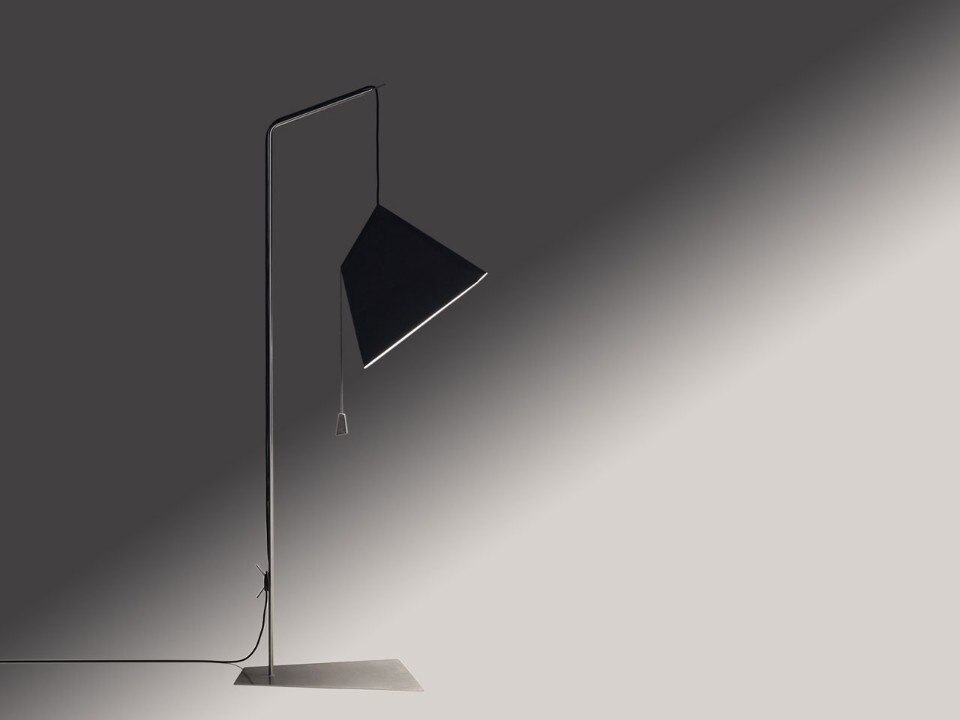
What is your point of view on the world of creativity today?
Design creativity is the application of technology in useful and meaningful ways for today’s world. When I say technology, I mean old or new technologies, techniques or materials. The context and time when something is created is fundamental; it can change its significance completely. For that reason, the present is always the golden age of design.
Speaking about product design, do you think there is a particular trend in this field today?
To be honest, I do not really consider trends when I design, but perhaps I should?
No, you should not, in my opinion...
I feel that as I live in today’s world I am already soaked in the ideas of the moment, so I am not designing in isolation. All designers or artists become a kind of filter or interpreter of today’s world for the world of the near future.
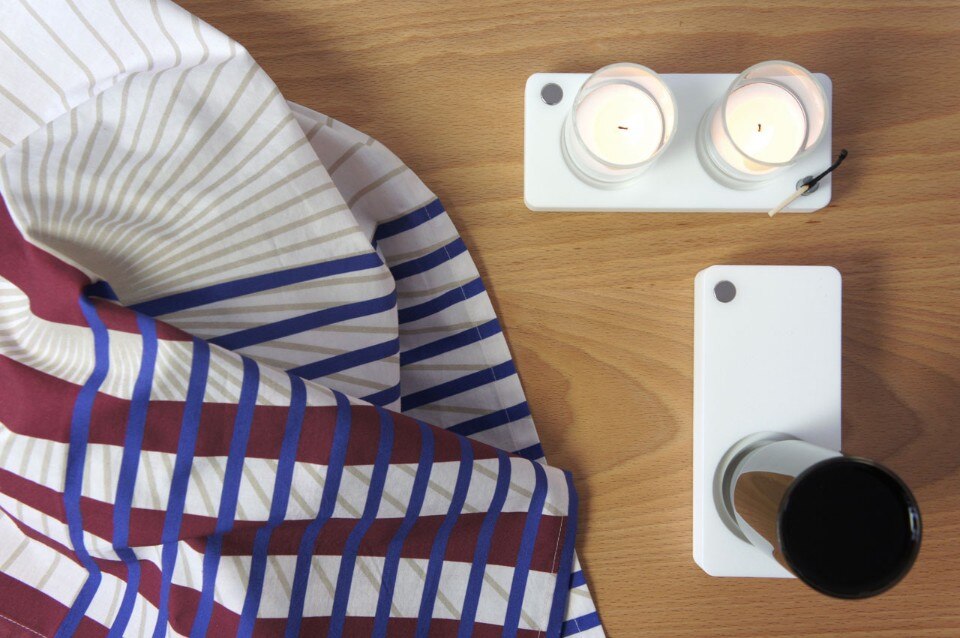
Let’s talk about some of your most recent projects.
Interestingly, I have two recent projects designed and produced for a museum context. The first is a family of lamps designed for the recently opened exhibition “Akari Unfolded” at the Noguchi Museum, in New York. The collection is curated and edited by Ymer & Malta, from Paris. Poise lamp is inspired by Noguchi’s work; it uses simple materials and humble references. Paper, lead, cord and stainless steel combined to form carefully balanced compositions that project soft directional light. The magical metamorphosis of the Akari lamps from flat to three dimensional can also be found in Poise. Transformed from flat paper using a folding technique borrowed from the everyday paper bag. The second project is called Digital Shabbat and was commissioned by the Israel Museum for the exhibition “To Go: New Designs for Jewish Ritual Objects”. For this show some leading contemporary designers from all faiths were asked to create a travel-set of objects for a Jewish holiday, or life-cycle event. My research leads me to numbers and the important role they play in Judaism. As a consequence, my object has them at its heart, significant and auspicious numbers including 1, 3, 4, 5, 7, 8, 10, 12, 72 help determine proportion, size and pattern. The glass used is the same material found in high-tech laboratory equipment. The cloth is printed digitally, and the box is manufactured using the latest additive manufacturing techniques. These materials and ideas come together in an object with no obvious opening. Reminiscent of an ancient and mysterious book of knowledge, the box features lines corresponding to important numbers in Judaism: as a whole, it is a digital object of our time that aims to represent the past, present and future of this ritual.
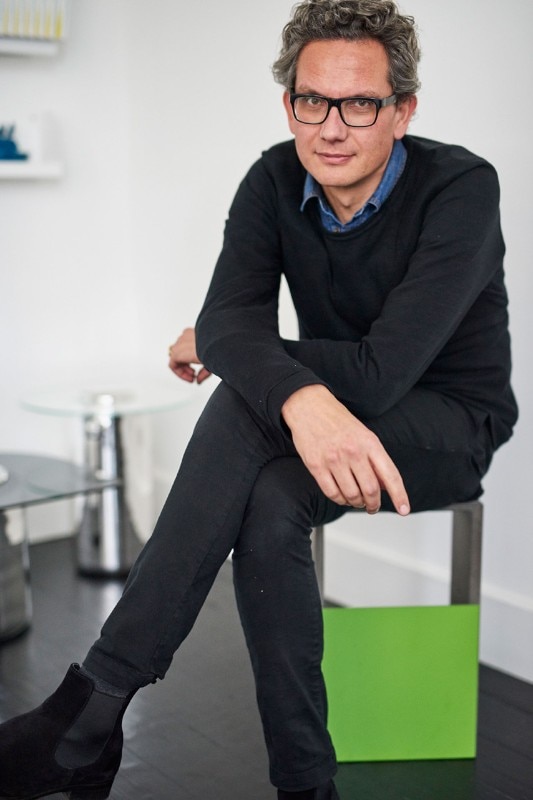
How much and in which way has technology influenced your method of working and everyday life?
Inevitably, technology has made my design process quicker, and mostly easier. I have information at my figure tips. I can communicate instantly with thousands of people worldwide and I create three-dimensional files that can be printed or manufactured within days. Although wonderful, these changes are not only positive. My views are perhaps old fashioned but I believe technology should be controlled and used for the right purpose, so our human and moral strength is more important than ever. In my own creative process, although I use and benefit from these technologies, I sketch, draw and often make models by hand. Increasingly, I use all media to develop and communicate ideas.
How do you avoid the obvious?
I am actually very interested in what makes things familiar or not. So, in some ways, I embrace the obvious. It gives things a sense of normality that engages people and can then contrast with another aspect of a design.
What can be considered new today?
Something that improves or builds on what has been done before is new.
Do you think people can find happiness with their work?
It depends on your definition of happiness. To me, happy implies an active positive state. I don’t think it is reasonable to expect to be constantly happy at work. To be honest, I prefer the word content. I think most people can be content with their work if they are doing a job that they feel corresponds to who they are. Personally, I am occasionally happy with my work, mostly content and sometimes unhappy. I consider myself to be very lucky.
And I do agree with you, Sebastian. Any figures that influenced you – why and how?
As a young man and student I was obviously very influenced by the people around me, my family, teachers and friends. Also, by the information and books I had access to in a pre-Internet world. It was a broad, and in some ways, classic design education. A few landmarks stand out. Great Italian designers such as Castiglioni or Sottsass, the Bauhaus, William Morris and traditional Japanese design. Artists such as Duchamp, Rauschenberg or even the Pre-Raphaelites. In time, these influences have become part of my memory or character, and rarely actively stimulate my work. Today, it is harder to pinpoint specific people with influence on what I do. I am constantly looking around me and am more broadly interested in art, science and humanity.
How do you start working? I mean, is there a particular criterion that you follow every time, some sort of ritual, or do you take different approaches depending on the nature of the project?
The idea that design should follow a specific process makes me a little uncomfortable. For me, each project is a new start and should to be approached with care, a little like meeting someone for the first time. Most projects have a client or partner and I would say that my starting point would be to get to know each other first. It is important to understand each other’s expectations, limitations and ambitions. Ideally, the path between this beginning and a successful, or indeed unsuccessful, outcome will pass familiar landmarks but should be varied and enjoyable.
What is democratic design for you?
Democratic design is design that is accessible by as many people as possible. It is not design that has been created by some kind of democratic process. That said, I don’t believe design should always strive to be democratic. In some cases, it is right that design, or indeed any creative endeavour, has a limited public.
How would you define your design?
I endeavour to create objects that are both familiar and exceptional, useful and meaningful. Different projects require me to balance these ingredients in different amounts.
- Exhibition title:
- Akari Unfolded: A Collection by Ymer&Malta
- Venue:
- The Noguchi Museum, New York
- Opening dates:
- 28 February 2018 – 27 January 2019
- Exhibition title:
- To go: New designs for Jewish ritual objects
- Venue:
- Israel Museum, Jerusalem
- Opening dates:
- 28 March – 5 October 2018


